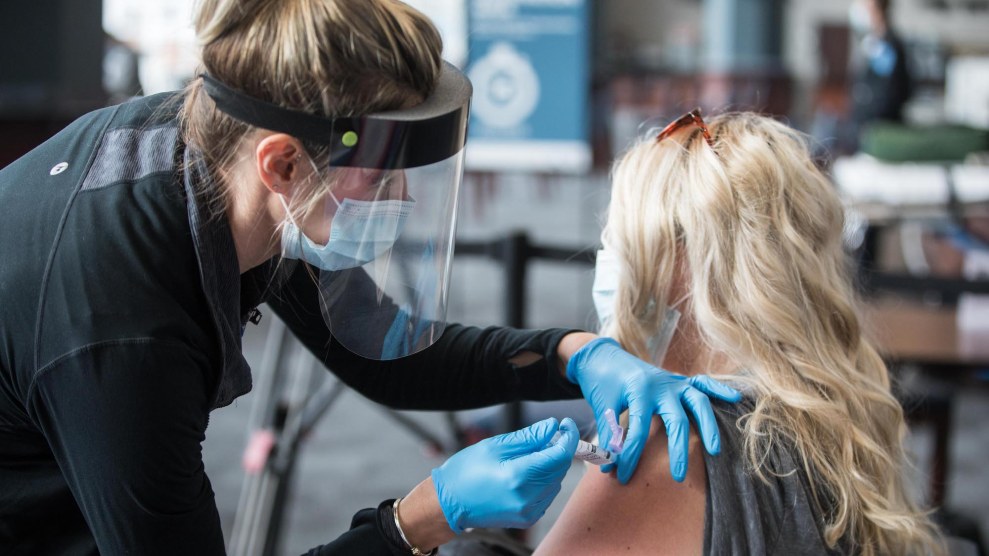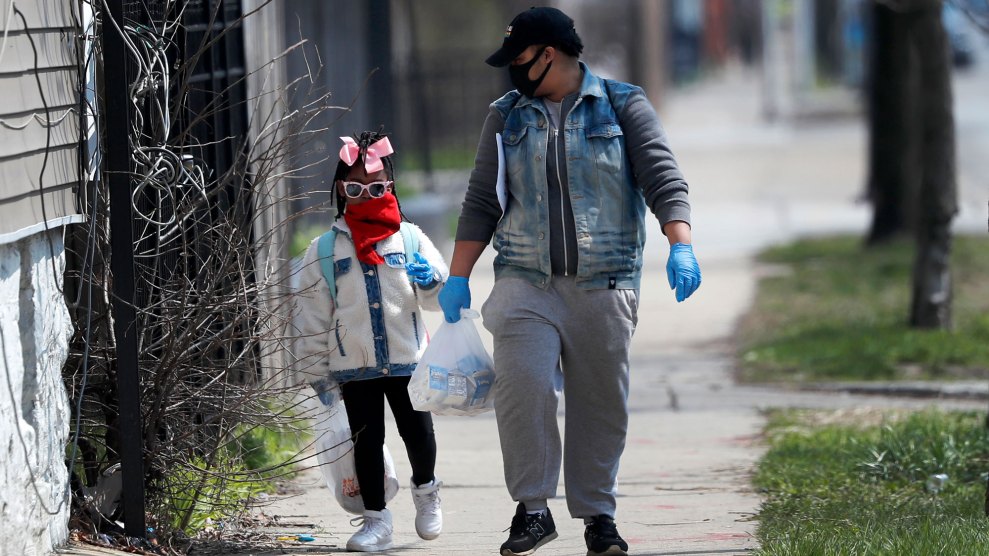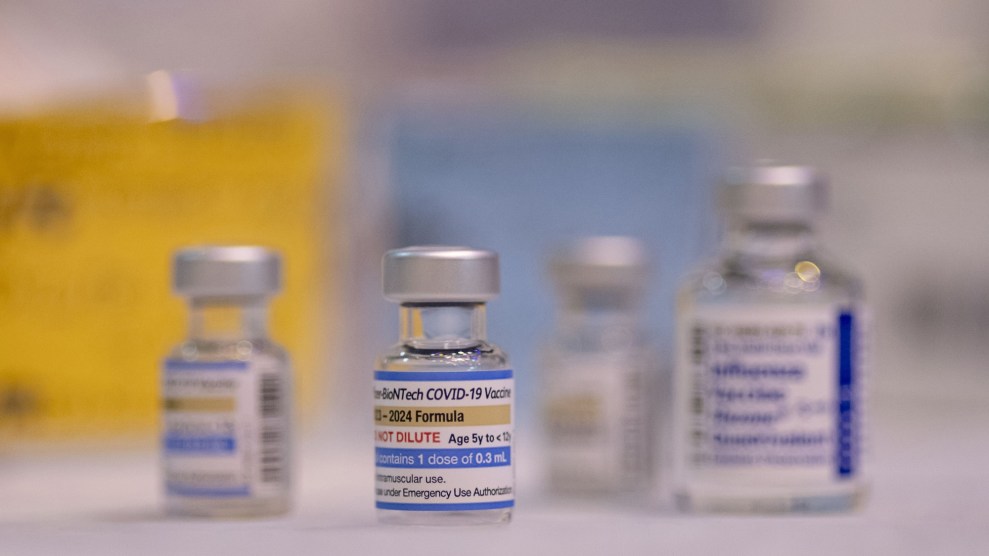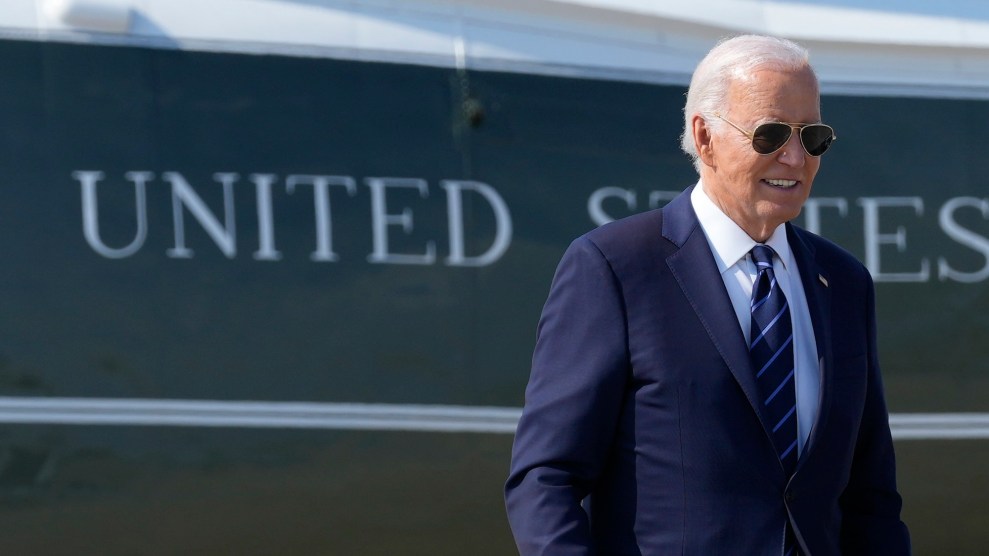
Scott Eisen/Getty
Since the start of the pandemic, deep racial inequities in US society have led to people of color being infected and dying of the coronavirus at higher rates than white people. The disproportionate pain and death suffered by non-white communities is the result of stark racial divides: who works “essential” jobs in grocery stores and public transit, who has access to health care, and who lives near sources of environmental pollution that contribute to underlying health conditions, like asthma and heart disease, that can worsen COVID-19. Black, Hispanic, and Native people are dying from COVID-19 at nearly three times the rate of white people, according to CDC data.
Now, with potentially lifesaving vaccines being rolled out nationwide, early data show that fewer initial doses of the vaccine are going to the communities of color most affected by the coronavirus. According to a Kaiser Health News analysis, Black people are being vaccinated at lower rates than white people in 16 states that provided racial data on vaccination distribution.
In most states nationwide, the first doses of the vaccine were allocated to health care workers, a racially diverse workforce that includes a range of workers on the front lines of the pandemic, from doctors to nursing home assistants to janitorial staff. Even still, a disproportionate share of the vaccines are going to white people. In Mississippi, which is 38 percent Black and where 37 percent of health care workers are Black, Black people account for just 15 percent of vaccinated residents so far. Thirty percent of Maryland residents are Black, and 42 percent of health care workers in the state are Black, but Black people make up only 16 percent of those who have received their first vaccine dose there. Of the states that provided data, Pennsylvania had the highest disparity: 1.2 percent of the white population had been vaccinated, but just 0.3 percent of Black residents had gotten the vaccine.
The disparities in vaccination appear to be the result from both access issues and distrust of the vaccine, experts told Kaiser Health News. For example, Dr. Taison Bell, a member of the University of Virginia Health System’s vaccination distribution committee and a Black physician, said that janitorial staff at his hospital did not have access to the hospital email, meaning they did not receive the same information about registering for the vaccine as the rest of the staff.
Meanwhile, Dr. Mysheika Roberts, public health commissioner of Columbus, Ohio, pointed out that in Black communities, public health officials must overcome distrust built by decades of mistreatment—both individual experiences of denigration by doctors and famous examples of exploitation like the Tuskegee syphilis study and the experience of Henrietta Lacks. “We have to dig deep, go the old-fashioned way with flyers, with neighbors talking to neighbors, with pastors talking to their church members,” Roberts said.
This article has been updated.


















